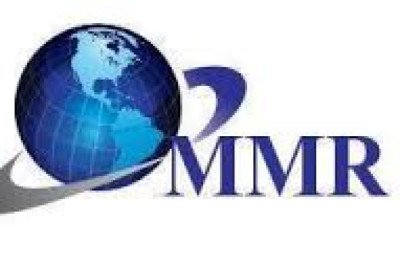
views
Procurement plays a critical role in manufacturing organizations. This function must concurrently balance assurance of supply, quality, and cost reduction while trying to maximize profits.
Reliance on manual processes causes manufacturing organizations to suffer in one or more of these areas, and it leads to a lack of collaboration with suppliers and reduced visibility of risk during product development. Digitization enables automation, innovation, and efficiency within the supply chain. Here are some benefits of digitization.
Inter-Enterprise Collaboration
Numerous benefits that can be acquired by manufacturing procurement organizations are gained through collaboration with external partners and suppliers – which Excel spreadsheets, Enterprise Resource Planning systems, internal portals may not be able to handle directly.
To promote inter-enterprise collaboration, procurement teams implement cloud-based technologies that support workflow-enabled processes. These platforms enable essential stakeholders together to address regulation compliance, customer expectations, supply risks, etc. The resulting synergies improve risk visibility, bring value and productivity, and reduce the unnecessary costs out of the supply chain.
Aligning Strategic Sourcing
Procurement is often an afterthought in the product design process, and with no resources to predict visibility into product criteria, it gets tough to find a suitable supplier providing good quality at the right price. This method raises the risk and time-to-market, which affects the product’s success ratio.
Businesses using collaborative digital platforms get the chance to collaborate with key stakeholders early on in the product designing process. Teams sync on success metrics from the offset, product criteria, and project deliverables, creating a smooth workflow that boosts productivity to each stage in the product development cycle.
Overall Spend Management
ERP systems are designed to handle only basic transactional procurement needs. Manufacturing organizations perceive the value in digitizing their spend management just for their secondary spending, including logistics, packaging, tooling/Maintenance, Repair, and Operations (MRO), and benefits are underutilized.
More significant opportunity lies in optimizing all procurement and supply chain means and showcasing all spend types directly to management where the comprehensive Source-to-Pay process is portrayed across all business units and regions.
Enabling Innovation
As procurement is traditionally seen as a driver for efficiency and cost-cutting, strong manufacturing organizations have considered it a powerful tool for strategic innovation. Procurement teams often stay busy with manual, mundane tasks and spend too much time clearing out unexpected problems.
With the help of digitization, the manual workload is lessened due to automation and streamlined processes, which yields performance. It gives a chance to collaborate with suppliers, where creative concepts and ideas can be discussed for product differentiation. Consequently, it opens up space to discuss prospering opportunities for innovation and growth and creating a competitive advantage for manufacturing organizations.
Endless Possibilities
Manufacturing supply chains are naturally complex and can be affected by various factors – unpredictable environmental circumstances, curfews globally, industry norms changes, and technological glitches.
HubBroker helps in reducing the effects of these factors on the supply chain by creating the right balance of technology, pupils, processes. HubBroker’s smart, collaborative, and agile technology integration platform (iPaaS) Allows you to automate processes, improve efficiency, and fully leverage your organizational resources. Connect with us today to learn more about how HubBroker helps you invest in technology that leverages your resources, recognizes the risk, and automates processes.












Comments
0 comment